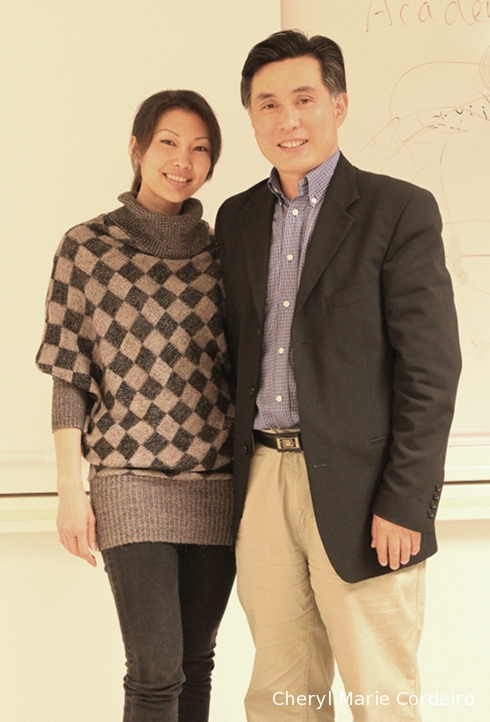
Malted oat cookies.
Text and Photo © JE Nilsson, CM Cordeiro 2013
Sunday afternoons are the perfect occasions for reflection and relaxation and my favourite occupation at such times is to bake something. Maybe to enjoy with the afternoon fika at home or maybe to share with my office colleagues by Monday depending on the amount of damage control needed to let the remainder look good.
Today my thoughts as always covered a wide circle, making pit stops at such seemingly disparate topics as the ASEAN countries free world trade negotiations, the ongoing election in Italy and the joint Volvo Geely research centre that is being planned, ongoing events that in part shape the world we are all living in.
The common denominator was the question of human innovation and motivation, as covered by Professor of innovation knowledge, Bengt Järrehult in a recent article. As I see it, nothing is given and we are all part of the process in which we all create the future together, step by step and by our own choices.
Continue reading ”Malted oat cookies and the concept of Flow”

 The evening’s contemplation… the opening paragraph of Joergen Oerstroem Moeller’s article, “Economic Integration: the Future for Asia” in the Diplomatist’ special issue published on the occasion of the ASEAN-India mid-December 2012 meeting in New Delhi.
The evening’s contemplation… the opening paragraph of Joergen Oerstroem Moeller’s article, “Economic Integration: the Future for Asia” in the Diplomatist’ special issue published on the occasion of the ASEAN-India mid-December 2012 meeting in New Delhi.

![Vasquez, Rodriguez and Roemer (2008) arXiv:0807.2217v1 [cond-mat.dis-nn]:](https://cherylmariecordeiro.se/wp-content/uploads/2012/10/Multifractal-3D-Anderson-model.jpg)




